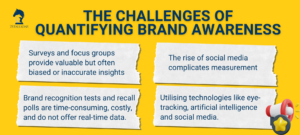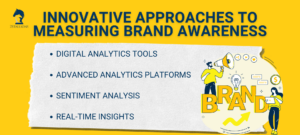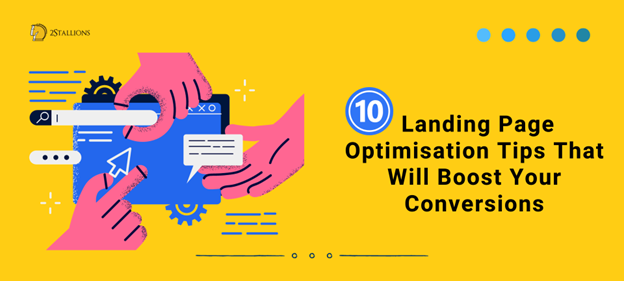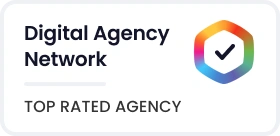Content
SHARE
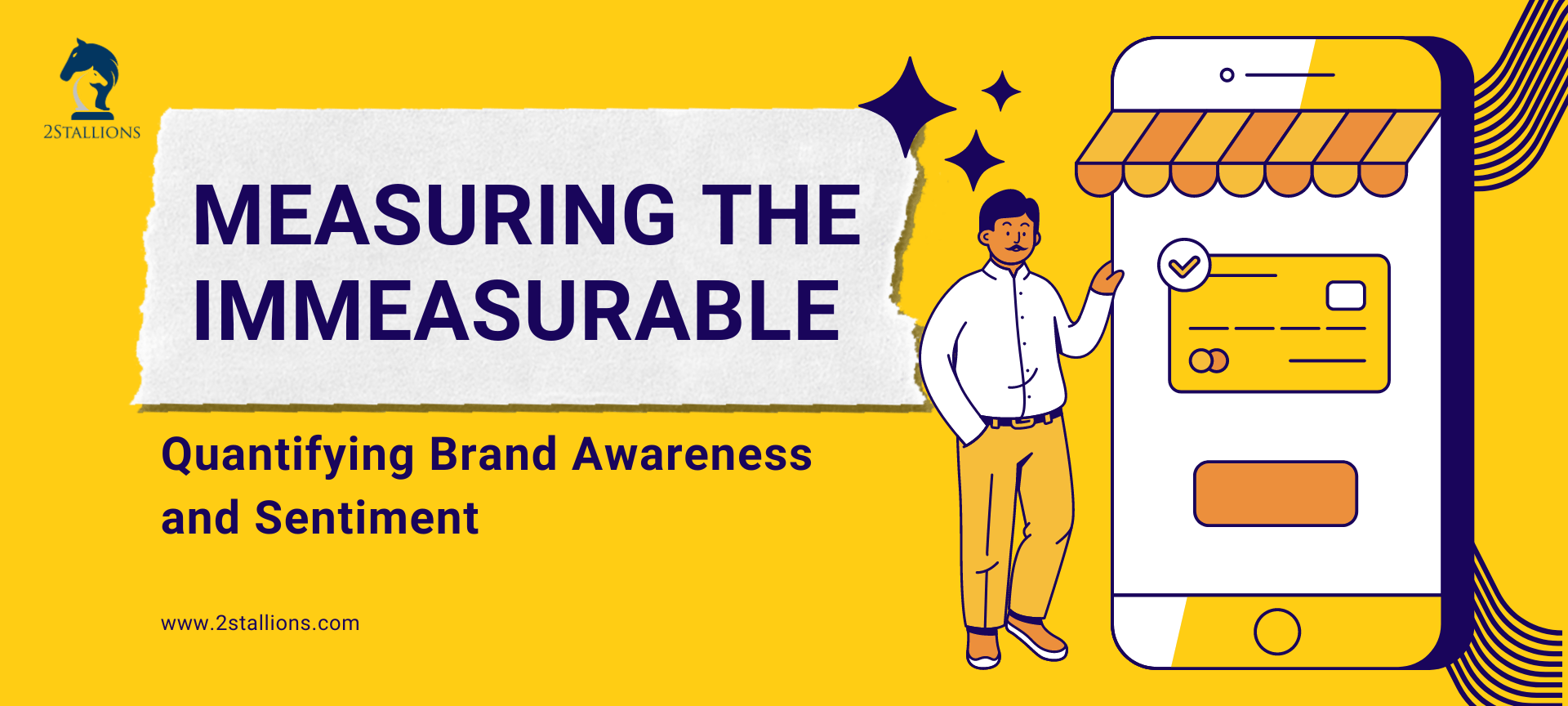
Brand awareness and sentiment are crucial for businesses looking to understand their reputation and customer perception. However, quantifying these intangible aspects of a brand can be challenging. In this article, we will explore the importance of brand awareness in marketing, discuss the concept of brand sentiment, examine the difficulties in measuring brand awareness, delve into innovative approaches for quantifying brand awareness, explore strategies for interpreting the data, and finally, look ahead at future trends in brand awareness and sentiment measurement.
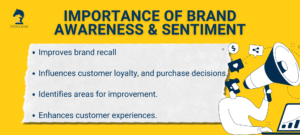
Understanding Brand Awareness and Sentiment
Brand awareness refers to familiarity and recognition among its target audience. Consumers can recall or recognise a brand when presented with its name or logo. Brand awareness is vital for successful marketing with its influence on consumer decision-making and brand choice.
On the other hand, brand sentiment portrays the emotions, attitudes, and opinions consumers associate with a brand. Sentiment analysis involves the evaluation of consumer feedback, such as online reviews or social media posts, to determine whether brand sentiment is positive, negative, or neutral. Understanding brand awareness and sentiment enables businesses to gauge the effectiveness of their marketing efforts and make informed decisions to enhance their brand reputation.
The Importance of Brand Awareness in Marketing
Building brand awareness is crucial for businesses seeking a strong market presence. Increased brand awareness leads to improved brand recall and recognition, positively influencing customer loyalty and purchase decisions. It allows businesses to differentiate themselves from competitors and develop a unique position in the market. By investing in brand awareness campaigns, companies can drive customer engagement, increase market share, and boost revenue.
What is Brand Sentiment and Why Does It Matter?
The brand sentiment reflects how customers perceive and feel about a brand. Positive sentiment indicates customer satisfaction, loyalty, and advocacy, while negative sentiment may signify dissatisfaction, criticism, or even boycotts. Understanding brand sentiment is crucial as it helps businesses identify areas for improvement, address customer concerns, and tailor strategies to enhance customer experiences. Monitoring brand sentiment can proactively manage their brand reputation and strengthen customer relationships.
There are various strategies that businesses can employ to increase their visibility for brand awareness. One effective approach is through targeted advertising campaigns that reach the desired audience. By carefully selecting the right channels and platforms, businesses can ensure the brand message reaches the right people at the right time. Additionally, partnering with influencers or celebrities who align with the brand’s values and target audience can also help to boost brand awareness.
Furthermore, brand sentiment can be influenced by the overall customer experience. Providing exceptional customer service and consistently delivering on promises can create positive sentiment and foster customer loyalty. It is also important for businesses to actively listen to customer feedback and address any issues or concerns promptly. Brands can build a positive brand sentiment and cultivate long-term relationships by engaging and showing customers that their opinions are valued.
The Challenges of Quantifying Brand Awareness
Measuring brand awareness is a tough task. Traditional metrics, such as surveys or focus groups, provide valuable insights but often lack the true extent of brand awareness. These methods rely on self-reporting or conscious recall, which can be biased or inaccurate. Additionally, the rise of social media has complicated brand awareness measurement, as brands now face an exponential increase in online mentions and conversations, making it difficult to filter and analyse the data effectively.
Why Traditional Metrics Fall Short
There are drawbacks to using traditional measurements like brand recognition tests and assisted and unaided recall polls. Respondents may overestimate their familiarity with a brand or understate it to recall it accurately. Moreover, these methods do not provide real-time data and are relatively time-consuming and costly to administer. To overcome these challenges, businesses should explore innovative approaches that utilise technology and leverage the vast data available.
One such innovative approach is the use of eye-tracking technology. By tracking where individuals look on a webpage or advertisement, businesses can gain valuable insights into their brand awareness. Eye-tracking studies have shown that individuals focus on specific web page areas such as the logo or product images. By analysing these patterns, businesses can determine the effectiveness of their branding efforts and make informed decisions to improve brand awareness.
The Role of Social Media in Complicating Measurements
Social media has revolutionised how brands interact with their audience and introduced new hurdles in measuring brand awareness. With millions of online conversations, monitoring and analysing brand mentions across various platforms can be overwhelming. Additionally, sentiment analysis on social media requires advanced algorithms to interpret the context and nuances of language. As social media evolves, businesses must adopt new methodologies to measure brand awareness and sentiment.
One emerging trend in social media measurement is artificial intelligence (AI) and natural language processing (NLP) algorithms. These technologies can analyse large volumes of social media data in real-time, identifying brand mentions, sentiment, and even the reach of these conversations. By harnessing the power of AI and NLP, businesses can gain a deeper understanding of their brand awareness and make data-driven decisions to enhance their marketing strategies.
Furthermore, social media listening tools have become invaluable in measuring brand awareness. These tools allow businesses to monitor brand mentions, track sentiment, and identify key influencers in real time. By leveraging these tools, brands can gain insights into the effectiveness of their brand awareness campaigns and make necessary adjustments to improve their online presence.
Innovative Approaches to Measuring Brand Awareness
With the advent of digital analytics, businesses have access to innovative tools and methods for quantifying brand awareness. Leveraging these technologies can provide more accurate and real-time data, enabling brands to make quicker and more informed decisions.
Leveraging Digital Analytics for Brand Awareness
Digital analytics tools allow businesses to track website traffic, impressions, and reach across different marketing channels. Analysing these metrics can determine how well the brand performs in visibility and exposure online. Advanced analytics platforms enable businesses to analyse customer behaviour, identify their target audience, and monitor the impact of marketing campaigns on brand awareness.
The Rise of Sentiment Analysis in Brand Measurement
Sentiment analysis, powered by artificial intelligence and natural language processing, provides businesses with valuable insights into brand sentiment. By analysing customer feedback on social media, review sites, and other online platforms, sentiment analysis algorithms can categorise posts as positive, negative, or neutral. This analysis helps businesses understand public perception, identify strengths and weaknesses, and develop strategies to improve brand sentiment.
Interpreting the Data: From Numbers to Strategy
Having data on brand awareness and sentiment is essential, but it is equally important to interpret it effectively. Turning raw data into actionable insights requires careful analysis and understanding of the nuances and context surrounding the numbers.
Making Sense of Brand Awareness Data
When analysing brand awareness data, it is crucial to consider various factors such as demographics, market conditions, and competitive landscape. By comparing brand awareness levels with competitors, businesses can identify opportunities for growth or areas that require improvement. Furthermore, analysing trends over time allows brands to monitor the impact of marketing initiatives and gauge the effectiveness of their brand awareness strategies.
Translating Sentiment Analysis into Actionable Insights
Sentiment analysis provides valuable insights into consumer perceptions, enabling them to address issues, refine marketing strategies, and enhance the overall brand experience. By identifying patterns in sentiment data, businesses can pinpoint areas where they excel or fall short, and subsequently take appropriate actions to improve brand sentiment. Moreover, sentiment analysis can help brands identify key influencers and advocates who can amplify positive brand sentiment and engage with their target audience.
Future Trends in Brand Awareness and Sentiment Measurement
The field of brand awareness and sentiment measurement is ever-evolving, driven by technological advancements and changing consumer behaviour. To stay ahead, businesses must anticipate trends and adapt their strategies accordingly.
The Potential of Artificial Intelligence in Brand Measurement
Artificial intelligence has the potential to revolutionise brand measurement. Machine learning algorithms can process large volumes of data, detect patterns, and make predictions. By harnessing AI, businesses can automate sentiment analysis, track brand sentiment in real-time, and gain insights into consumer perceptions. Additionally, AI can help brands identify emerging trends, predict future sentiment shifts, and enable proactive brand management.
The Evolving Landscape of Brand Awareness and Sentiment Analysis
As technology and consumer behaviour evolve, so too do how we measure brand awareness and sentiment. Emerging technologies, such as virtual reality and augmented reality, have the potential to open up new avenues for measuring brand awareness and enhancing customer engagement. With the increasing importance of online platforms and social media, businesses must adapt their measurement strategies to capture the ever-changing dynamics of brand perception.
Conclusion
In conclusion, quantifying brand awareness and sentiment is crucial for businesses seeking to understand their reputation and consumer perception. Traditional metrics have limitations, while the rise of social media has introduced new challenges. However, with innovative approaches and tools such as digital analytics and sentiment analysis, businesses can gain deeper insights into brand awareness and sentiment. By interpreting the data effectively and adapting to future trends, brands can make informed decisions that enhance their brand reputation and drive success.
Frequently Asked Questions About Measuring the Immeasurable: Quantifying Brand Awareness and Sentiment
What is brand awareness and why is it important to measure?
Brand awareness refers to how familiar consumers are with a brand and its products or services. Measuring it helps businesses understand their visibility in the market and the effectiveness of their marketing strategies.
How can businesses measure brand awareness?
Businesses can measure brand awareness through surveys, social media monitoring, web traffic analysis, and brand mention tracking to gauge recognition and recall among target audiences.
What is brand sentiment and how is it assessed?
Brand sentiment is the overall attitude consumers have towards a brand, ranging from positive to negative. It is assessed through sentiment analysis of customer reviews, social media comments, and survey responses.
What tools are available to help measure brand awareness and sentiment?
Tools like Google Analytics for web traffic, social listening platforms like Hootsuite or Brandwatch for monitoring online conversations, and survey tools like SurveyMonkey for direct consumer feedback can help measure brand awareness and sentiment effectively.

